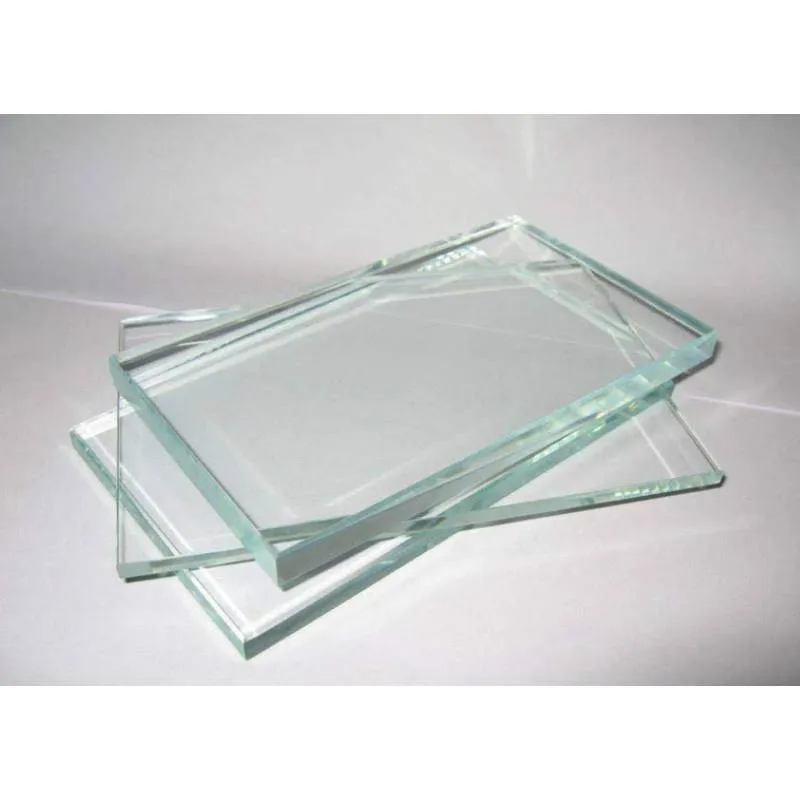Understanding Tempered Glass A Material of Strength and Versatility
Tempered glass, also known as toughened glass, is a type of safety glass that has been thermally treated to enhance its strength and durability. This innovative material has become increasingly popular in various applications due to its unique properties and benefits. In this article, we will explore the characteristics, manufacturing process, and applications of tempered glass, highlighting its significance in contemporary construction and design.
Characteristics of Tempered Glass
The hallmark of tempered glass is its ability to withstand greater stress and impact compared to standard glass. This strength is a result of the tempering process, where the glass is heated to high temperatures (typically around 600 degrees Celsius) and then rapidly cooled. This process creates compressive stresses on the surface of the glass, allowing it to endure greater loads and resist breaking.
One of the most significant advantages of tempered glass is its safety features. When broken, tempered glass shatters into small, blunt pieces rather than sharp shards, which significantly reduces the risk of injury. This characteristic makes it an ideal choice for environments where safety is paramount, such as in public buildings, commercial spaces, and residential areas.
Additionally, tempered glass is resistant to thermal stress. It can withstand high variations in temperature without breaking, making it suitable for use in facades, doors, and windows exposed to direct sunlight or temperature fluctuations. This resilience not only enhances safety but also extends the lifespan of architectural features, contributing to sustainable building practices.
The Manufacturing Process
The production of tempered glass involves several critical steps. First, raw glass is cut to the desired size and shape. Once shaped, it undergoes a heating phase in a tempering furnace, where it is heated uniformly to approximately 620 to 660 degrees Celsius. This heating phase is crucial, as it prepares the glass for the rapid cooling that follows.
tempered glass material
After reaching the appropriate temperature, the glass is subjected to a rapid cooling process known as quenching. This involves blasting the glass with cold air, which cools the surface quickly while the interior remains hot. The rapid temperature differential creates the compressive stresses that ultimately render the glass tempered.
Once cooled, the tempered glass undergoes quality control checks to ensure it meets the necessary safety and performance standards. This rigorous manufacturing process is what gives tempered glass its unique strength and safety features, distinguishing it from regular glass.
Applications of Tempered Glass
Tempered glass is widely used across various industries due to its versatile nature. In the architectural and construction sectors, it is commonly employed in the design of facades, skylights, glass doors, and partition walls. Its ability to endure high winds and impacts makes it an excellent choice for buildings in earthquake-prone areas or regions that experience severe weather conditions.
In the automotive industry, tempered glass is utilized for side and rear windows of vehicles. Its shatter-resistant properties enhance passenger safety while providing clear visibility. Moreover, tempered glass is also used in the manufacturing of glass furniture, shower enclosures, and even electronic devices like smartphones and tablets, demonstrating its adaptability in both functional and aesthetic applications.
Conclusion
In conclusion, tempered glass is a remarkable material that combines strength, safety, and versatility. Its manufacturing process results in a product that meets the demands of a wide range of applications, from architecture to automotive design. As society continues to prioritize safety and sustainability in construction and design, tempered glass will undoubtedly play a pivotal role in the development of future innovations. Whether it is enhancing the beauty of a modern building or ensuring the safety of passengers in vehicles, tempered glass stands as a testament to the advancements in material science and engineering.
 Afrikaans
Afrikaans  Albanian
Albanian  Amharic
Amharic  Arabic
Arabic  Armenian
Armenian  Azerbaijani
Azerbaijani  Basque
Basque  Belarusian
Belarusian  Bengali
Bengali  Bosnian
Bosnian  Bulgarian
Bulgarian  Catalan
Catalan  Cebuano
Cebuano  Corsican
Corsican  Croatian
Croatian  Czech
Czech  Danish
Danish  Dutch
Dutch  English
English  Esperanto
Esperanto  Estonian
Estonian  Finnish
Finnish  French
French  Frisian
Frisian  Galician
Galician  Georgian
Georgian  German
German  Greek
Greek  Gujarati
Gujarati  Haitian Creole
Haitian Creole  hausa
hausa  hawaiian
hawaiian  Hebrew
Hebrew  Hindi
Hindi  Miao
Miao  Hungarian
Hungarian  Icelandic
Icelandic  igbo
igbo  Indonesian
Indonesian  irish
irish  Italian
Italian  Japanese
Japanese  Javanese
Javanese  Kannada
Kannada  kazakh
kazakh  Khmer
Khmer  Rwandese
Rwandese  Korean
Korean  Kurdish
Kurdish  Kyrgyz
Kyrgyz  Lao
Lao  Latin
Latin  Latvian
Latvian  Lithuanian
Lithuanian  Luxembourgish
Luxembourgish  Macedonian
Macedonian  Malgashi
Malgashi  Malay
Malay  Malayalam
Malayalam  Maltese
Maltese  Maori
Maori  Marathi
Marathi  Mongolian
Mongolian  Myanmar
Myanmar  Nepali
Nepali  Norwegian
Norwegian  Norwegian
Norwegian  Occitan
Occitan  Pashto
Pashto  Persian
Persian  Polish
Polish  Portuguese
Portuguese  Punjabi
Punjabi  Romanian
Romanian  Russian
Russian  Samoan
Samoan  Scottish Gaelic
Scottish Gaelic  Serbian
Serbian  Sesotho
Sesotho  Shona
Shona  Sindhi
Sindhi  Sinhala
Sinhala  Slovak
Slovak  Slovenian
Slovenian  Somali
Somali  Spanish
Spanish  Sundanese
Sundanese  Swahili
Swahili  Swedish
Swedish  Tagalog
Tagalog  Tajik
Tajik  Tamil
Tamil  Tatar
Tatar  Telugu
Telugu  Thai
Thai  Turkish
Turkish  Turkmen
Turkmen  Ukrainian
Ukrainian  Urdu
Urdu  Uighur
Uighur  Uzbek
Uzbek  Vietnamese
Vietnamese  Welsh
Welsh  Bantu
Bantu  Yiddish
Yiddish  Yoruba
Yoruba  Zulu
Zulu 

